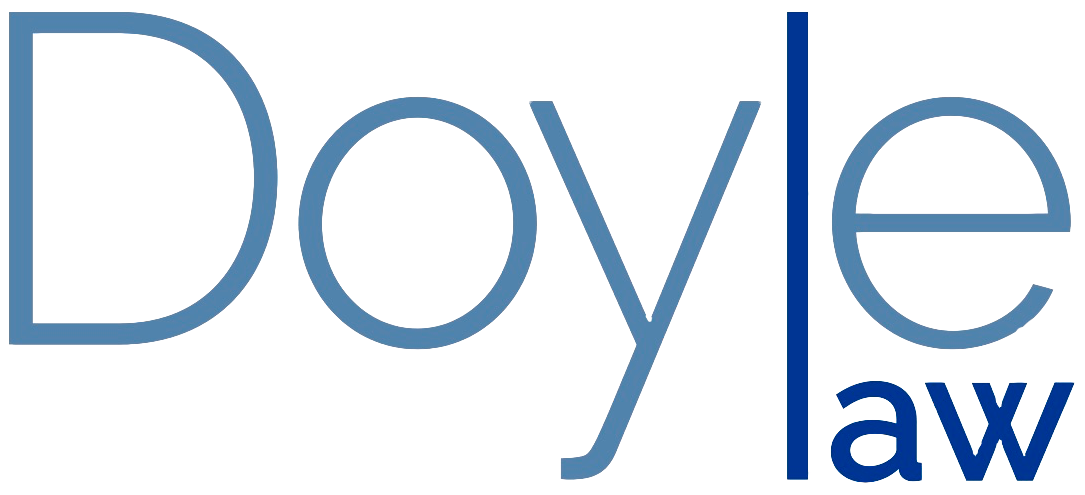The United States is a wonderful place, with many tourist attractions to visit, people to meet, food to try, and cultures to immerse in. Some people have family in the U.S. that they want to visit for a special occasion or celebration.
Before they can do all these, though, foreign nationals looking to visit the U.S. need to apply and get approved for a visitor’s visa. Also called the B visa, it’s one of the most common immigration applications that people apply for.
Process of Applying for the Visitor’s Visa
The process of applying for a visitor’s visa starts at a U.S. embassy abroad or a local consulate in the country where the applicant lives. One can go to their local embassy’s website and look for a section that outlines how to apply for a B visa.
This will guide them through the process, which typically involves gathering documents, submitting the forms, settling the application fee, and attending an immigration interview. It’s a very simple process, in general, but getting approved is a whole different ball game. Only half of visitor visa applications end up successful.
2 Reasons Most Visitor’s Visas are Not Approved
There are two things that can lead to a denial of a visitor’s visa:
- The applicant cannot show that they are planning to go back to their home country.
- The applicant cannot show that they are financially able to come to the U.S. and spend on their trip without working.
Tips for a Successful Visitor’s Visa Application
With only half of B visa applications getting approved, it’s important that applicants know how to handle the process correctly. Here are some tips to increase the chances of approval.
Always Be Truthful
Immigration is very strict about the information that is provided in a visa application form. They will compare it with their records and check if everything declared is accurate. Misrepresentation is a big mistake to make in an immigration application.
In case of typos, it’s also important that the applicant clears them up and explains them to the immigration officer during their interview.
Show Strong Ties To Your Home Country
Immigration checks if the applicant has strong ties to their home country, enough to guarantee that they will go home and not live in the U.S. illegally.
Some things that an applicant can demonstrate to prove strong ties are:
- A job that they have to return to
- A family that is not traveling with them
- Owned real estate
- Bank accounts
Show You Can Afford Your Trip
The biggest reason for denial is an applicant’s lack of financial capability to pay for their short trip to the U.S. Immigration wants to see that they have money stored away for the purpose of temporarily staying in the U.S. without needing to work.
To prove financial capacity, it’s recommended that the applicant shows the following:
- Round-trip ticket
- Bank statements
Ideally, an applicant must have enough money to show that they can sustain themselves for three to six months without needing to work.
Activities That are Permitted on the Visitor’s Visa
There are two types of visitor’s or B visas: the B1 or business visitor visa and the B2 or tourist visitor visa. The legitimate activities will differ depending on what type of visa is applied for and approved.
B1: Business Visitor Visa
The business visitor visa (B1) is given to those who need to go to the U.S for work, such as for business meetings, corporate appointments, contract negotiations, product sourcing, etc.
B2: Tourist Visitor Visa
The tourist visitor visa (B2) can be given to anyone who wants to visit the U.S. as a tourist for vacation, to visit family, etc. Work is not permitted under a B2 visa.
